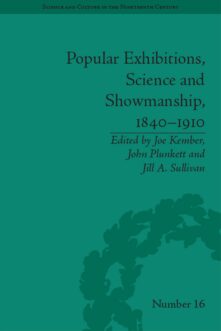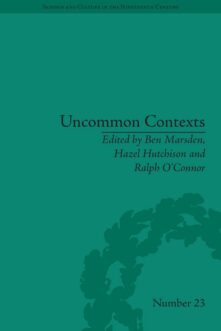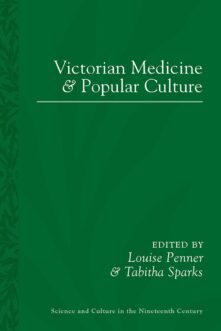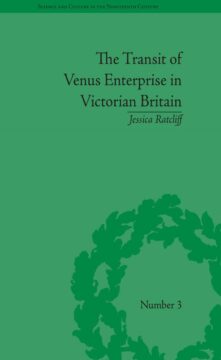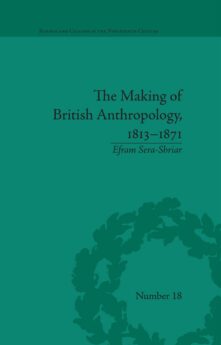Science and Culture in the Nineteenth Century
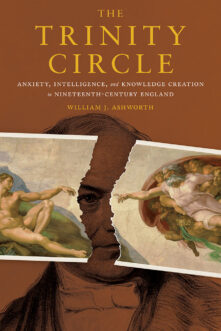
The Trinity Circle
Anxiety, Intelligence, and Knowledge Creation in Nineteenth-Century England
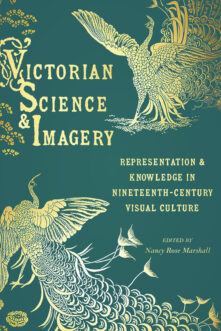
Victorian Science and Imagery
Representation and Knowledge in Nineteenth-Century Visual Culture
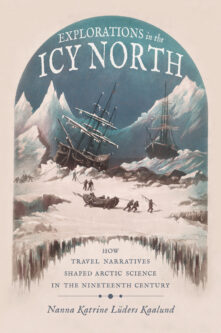
Explorations in the Icy North
How Travel Narratives Shaped Arctic Science in the Nineteenth Century
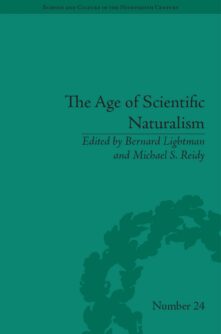
The Age of Scientific Naturalism
Tyndall and His Contemporaries
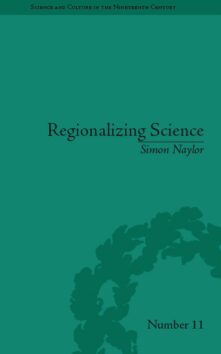
Regionalizing Science
Placing Knowledges in Victorian England
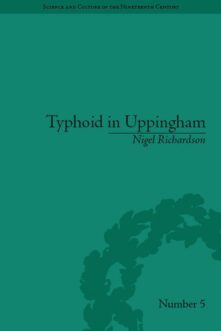
Typhoid in Uppingham
Analysis of a Victorian Town and School in Crisis, 1875–1877
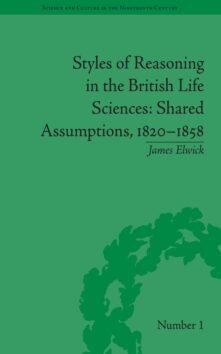
Styles of Reasoning in the British Life Sciences
Shared Assumptions, 1820–1858
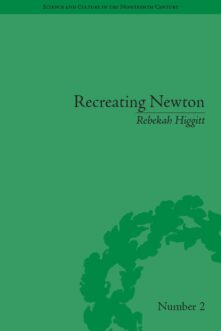
Recreating Newton
Newtonian Biography and the Making of Nineteenth-Century History of Science
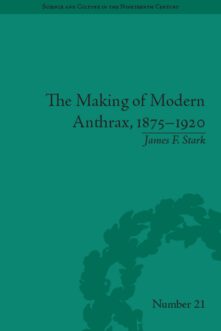
The Making of Modern Anthrax, 1875-1920
Uniting Local, National and Global Histories of Disease
Total 49 results found.


